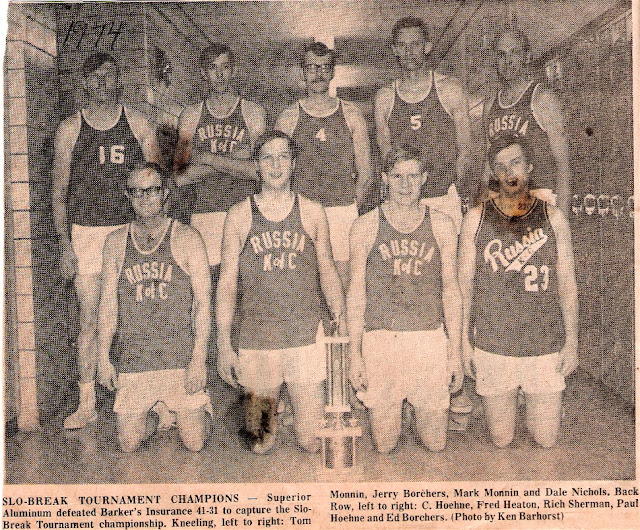Lunar Rover
 |
| Lunar Rover |
 |
| Martian Rover |
This past week's successful Mars landing of an unmanned rover (click here for a video simulation of the mission) brought back memories of the lunar rover vehicle (LRV) used on the Apollo missions to the moon in the early 1970’s. At the time, I was studying engineering at General Motors Institute, now Kettering University. General Motors was heavily involved in the design of the lunar rover and in 1969, we students were given a presentation by the project leader. I can vividly recall him using the term “moon buggy” to describe the LRV. The following excerpt from a publication at the time recently sent to me by the widow of a GM Chief Engineer who used to live next to us describes the challenges faced by the LRV design team.
Wernher von Braun originally suggested the idea of a lunar rover in the early Fifties and, though a number of studies explored the concept of a manned lunar rover in the Sixties, NASA didn't include such a rover in its initial Apollo plans. However, GM persisted in its efforts to get NASA to agree to a rover, based on the need to "maximize the scientific return" from the Apollo missions would be better served by including a rover that would allow the astronauts to roam farther and for longer periods of time than if they were to explore just on foot. "The decision to proceed came in 1969, about the time of Neil Armstrong's historic landing on the moon.
When NASA signed off on the LRV, it stipulated that the vehicle had to minimize weight and volume (no more than 35 square feet and 400 to 600 pounds) and still be able to carry about 1,000 pounds worth of astronauts, their equipment, tools, cameras, and rock samples, while maximizing range on the Moon. In addition to the volume and weight limits, the LRV had to cope with the airless and dusty surface of the moon where temperatures swing from -280 degrees Fahrenheit during lunar night and in the shadows and valleys up to 260 degrees in the lunar day. What's more, the rover needed to perform well - remaining stable on slopes of up to 45 degrees - it needed to accommodate astronauts in bulky space suits, and it needed to incorporate enough redundancy so that no single point failure shall abort the mission and no second failure endanger the crew.
To get the LRV on the Apollo 15 mission, slated for July 1971, NASA gave GM and partner Boeing (for the LRV sensors and on board equipment) a year and a half to provide the LRV. To quote the project leader, Saverio Morea, "Nobody could really visualize it. That’s why I built a little 1/6 scale model and with that, people could see it. Some of the pieces that needed machining we did in the shop at GM, but I made most of it and assembled it here at home. For the wheels, I bought some stainless steel mesh off the shelf and cut it to the right size, rolled it into a cylinder and then knitted the ends into a torus (donut) shape.
In all, GM and Boeing delivered four LRVs, an earthbound trainer for the astronauts to familiarize themselves with the LRV's controls and operation, and a half-dozen developmental models at a price tag of $38 million, or double what the contract originally specified. The first of the LRVs went up on Apollo 15 as planned with a placard attached to it describing it as "Man's first wheels on the moon, delivered by Falcon, July 30 1971." In their 18.5 hours of extravehicular activity, astronauts Dave Scott and James Irwin put a total of 17.25 miles on their LRV, ranging as far as 3.1 miles from the landing module. The next two Apollo missions saw their LRVs travel 38.8 more miles total, with Eugene Cernan at one point exceeding the LRV's 8 MPH top speed with an 11.2 MPH run, setting the lunar land-speed record.
At the end of each mission, rather than fold up the LRV and return it to Earth, the astronauts parked their LRVs some distance away from the Landing Modules, aimed the video cameras toward the LM, and left them to film the launches from the lunar surface. "I think even today, if we went back with two batteries we could put them in, power it up and go again," Apollo 16's Charles Duke recently claimed. "I’ve always said, if you want an $8 million car with a dead battery, I can tell you where to go get one.”
Other than some literal fender-benders - in one instance, one of the crews had to improvise a fender repair using their maps - the three LRVs performed as intended and merited great praise from the astronauts who drove them, according to Morea. "All had very positive comments about its handling, performance, reliability, and the sort of machine the LRV was. In fact, the superlatives flowed quite easily in all the mission debriefings," he wrote. The LRV's had a small but significant role in saving the Apollo missions entirely after the infamous Apollo 13 near-disaster The LRV's not only kept the public interested in the moon-landing missions, they also helped justify the scientific aspect of the missions - an aspect that would not have been possible without the LRV.
~~~~~~~~
Receive a weekly email whenever there is a new blog post. Just enter your email address in the designated spot below the blog and follow instructions to set up the notification.































